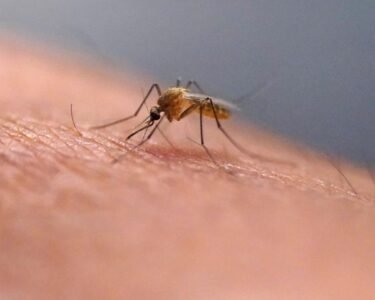New research highlights long-term health consequences for seniors who remained in storm-ravaged communities
More than a decade after Hurricane Sandy devastated the U.S. East Coast, a new study has revealed a haunting legacy: seniors who continued to live in storm-flooded areas faced a significantly higher risk of death for years after the disaster.
The research, published August 6 in Frontiers in Public Health, found that older adults living in flood-affected areas of New York, New Jersey, Connecticut, and New York City had a 9% higher risk of all-cause mortality over the five years following the storm.
A Silent Aftershock
Hurricane Sandy struck in 2012, killing over 200 people and causing more than $60 billion in damages. While the physical rebuilding of communities has since taken place, researchers now warn that Sandy’s invisible impact on public health—especially among the elderly—continues to linger.
“Hurricanes and associated flooding affect not just property but people’s lives in lasting ways,” said Dr. Arnab Ghosh, senior author of the study and assistant professor of medicine at Weill Cornell Medicine. “Fixing homes, coping with stress, and the loss of social structures can all impact mortality—especially for older adults.”
The Study: A Closer Look
Researchers analyzed Medicare data from nearly 300,000 residents aged 65 and older, tracking those who stayed in the same area between 2013 and 2017. They used geographic data to classify 959 zip code tabulation areas (ZCTAs), separating those that experienced flooding during Sandy from nearby unaffected areas.
Key findings include:
- 9% overall increase in mortality risk among seniors in flooded areas.
- In Connecticut, the risk rose by 19%—the highest recorded in the study.
- In New York City, the increase was 8%.
- Surprisingly, New Jersey and upstate New York showed no significant mortality impact, despite widespread destruction.
Researchers controlled for demographic and socioeconomic factors, including race, gender, age, and household conditions. They were particularly struck by the disparity between Connecticut and New York City.
“Connecticut is wealthier and experiences hurricanes less frequently, so there may have been less preparedness and resilience infrastructure in place,” Ghosh explained. “This underscores that vulnerability isn’t just about income—it’s also about experience and readiness.”
Why Does It Matter?
The study emphasizes that the health effects of natural disasters like hurricanes don’t end with the clean-up. Loneliness, displacement, and breakdowns in community support systems can have life-threatening implications—especially for the elderly.
“In areas impacted by hurricanes, we see changes in the environment: businesses close, people move away, and social networks are disrupted,” said Ghosh. “For older adults, these social ties are crucial to their well-being and survival.”
Policy Implications
As climate change fuels more intense and frequent storms, researchers say it’s crucial for disaster planning to include long-term health strategies.
“We need infrastructure and policy responses that go beyond immediate recovery,” Ghosh said. “This includes long-term monitoring and support for vulnerable populations like seniors.”
The hope is that this data can inform not just emergency relief, but also aging and housing policy, urban planning, and public health responses in the wake of future climate disasters.
Image Source: Google Images
Image Credit: Respective Owner




